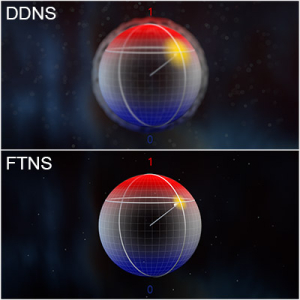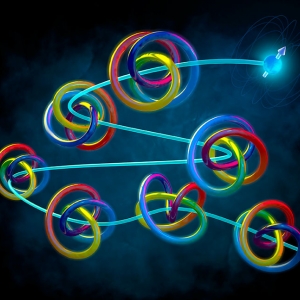Research Highlights
Precision Measurement | Quantum Information Science & Technology
Mapping Noise to Improve Quantum Measurements
Published:
PI: Shuo Sun
Nanoscience | Precision Measurement | Quantum Information Science & Technology
Diamonds in the Quantum Rough: A Sparkling Breakthrough
Published:
PI: Shuo Sun
Quantum Information Science & Technology
Using Quantum Knots to Build a Secure Internet
Published:
PI: Shuo Sun






